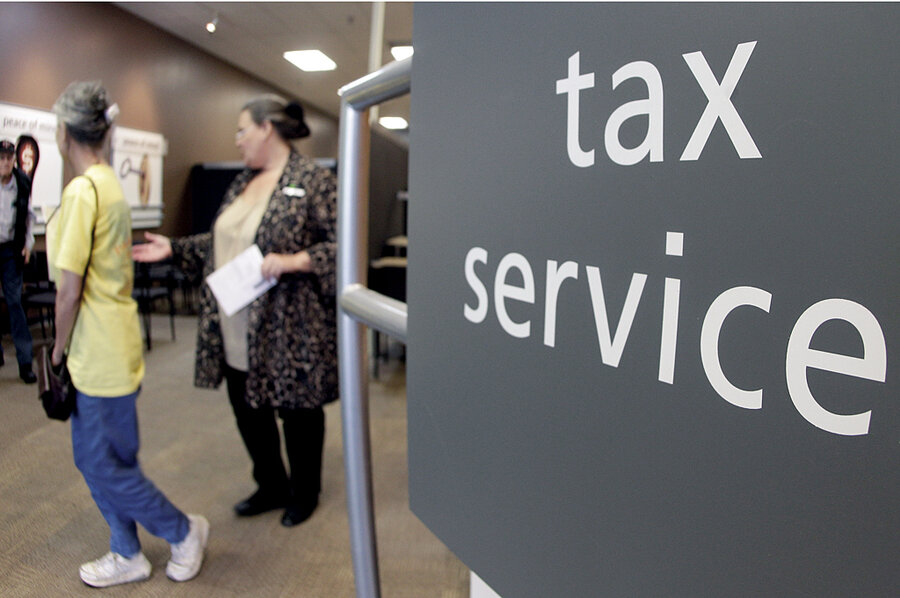These deductions aren't new. The surprise is that they're still around. In the fiscal-cliff deal, Congress reinstated several expired tax breaks, if only temporarily.
One of the most important among the reinstated tax breaks is the deduction for state and local sales taxes. Tax-payers who take itemized deductions can deduct the sales taxes they pay in lieu of state and local income taxes. That might not mean much in a high-tax state like Connecticut or New Jersey. But it's a highly popular provision for residents of Texas, Florida, and other states that don't have a state income tax.
Another reinstated tax break is the deduction for mortgage insurance, typically something homeowners pay if they have made only a small down payment on their house. Two other tax breaks still holding on by their fingernails: the deduction for qualified college tuition and out-of-pocket teacher expenses. All these deductions are scheduled to disappear after 2013.
Another important deduction – because it directly reduces the tax owed, not just one's income – is the credit for homeowners who have installed energy-saving materials, such as insulation and energy-efficient doors and windows. The deduction allows a deduction that is a portion of the cost of materials up to a lifetime credit of $500.
One provision Congress did make permanent – an inflation-adjusted form of the alternative minimum tax – means that taxpayers will no longer be subjected to the yearly uncertainty of whether Washington would enact a patch to ensure the AMT would not ensnare middle-income taxpayers. "If you look over the history of the last 12 years, the number of people caught by the AMT does creep up each year, just not drastically," says Mark Luscombe, principal analyst at CCH Tax & Accounting based in Riverwoods, Ill.








